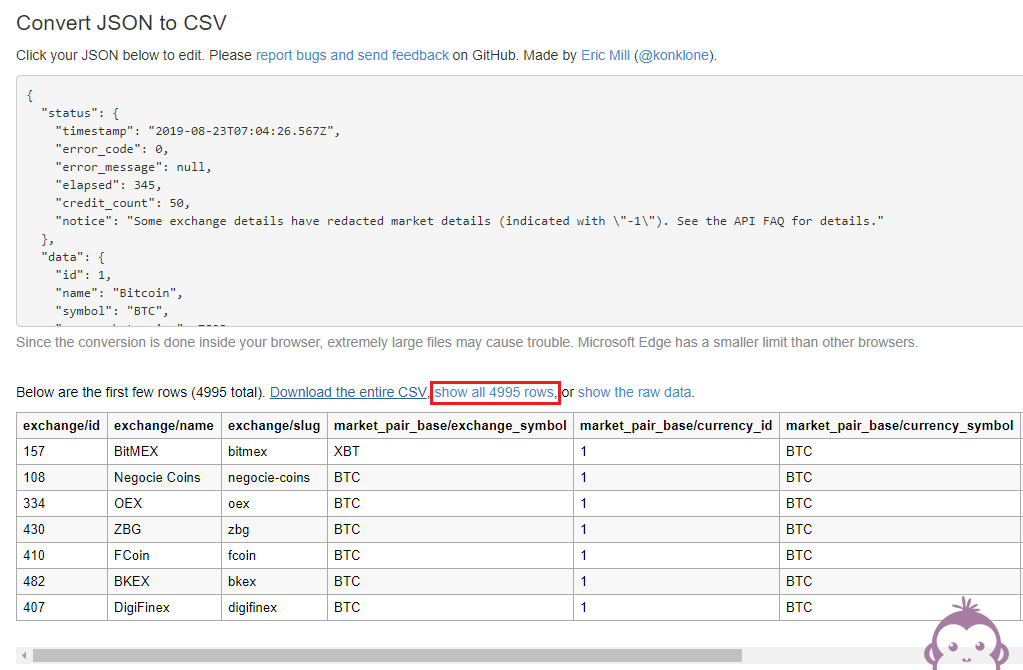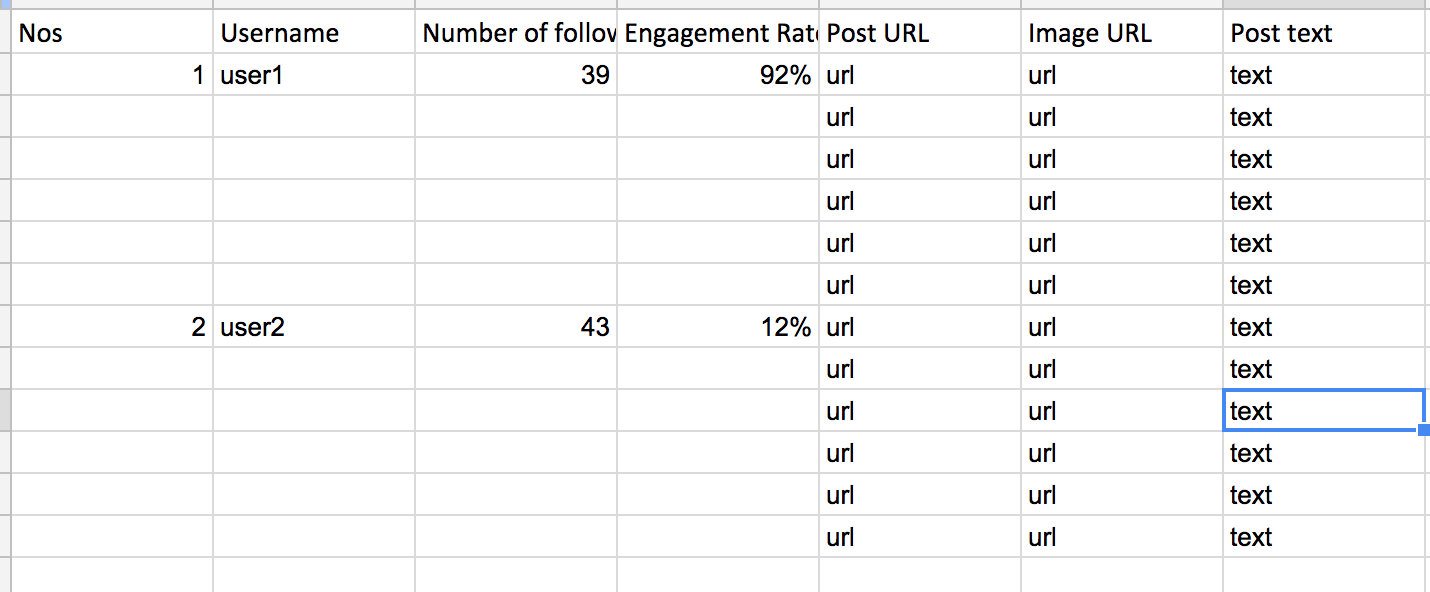
The final step is to convert the JSON file to Excel using by saving the file.In case you want to play around with formatting, styling, and adding anything specific, you can do just like you’d do on a regular Excel file.Now your JSON file will be displayed as an Excel file in the MS Excel.When you are done, click on “Close & Load” in the top left corner.If you’d like to edit or change anything in the table, you can do so by using the options present on the top.Now the JSON file will be visible as Excel with columns and rows.

A new pop-up will open, de-select the “Use Original Column Name as Prefix” option and click “OK”.Click on the double-arrow icon next to “Column1,” to see all the columns on the sheet.

This option will turn the data into a table On the top left of the window, click the “To Table” option.MS Excel will now open a Power Query Editor in a new tab (You can decide how JSON’s data will be loaded in your Excel).A new file manager window will pop up, and select the JSON file by navigating to the stored location (In our case in downloads).


However, not everyone is familiar with this format and thus converting a JSON file to Excel can be helpful as excel is better readable and also easy to use. Why Convert JSON to Excel?Īs said earlier, JSON is a popular file expansion when it comes to web developers and web enthusiasts. This is commonly used for transmitting data in web applications and thus, this is a popular file extension and a popular term among the web development crowd. It is a standard text format for storing and transporting data.


 0 kommentar(er)
0 kommentar(er)
